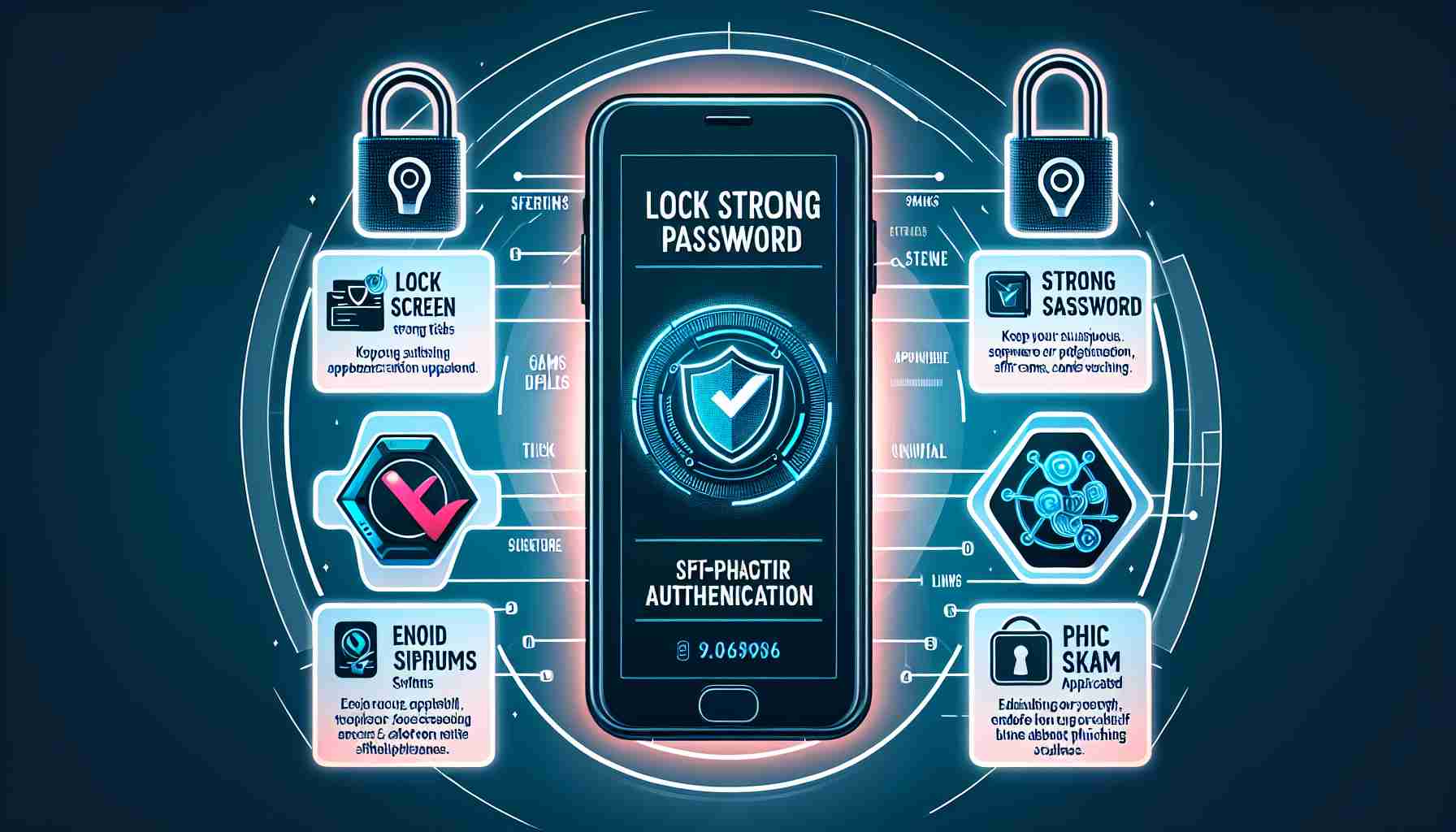In today’s digital landscape, securing your smartphone is paramount to shielding your personal information from potential fraudsters. With increasing incidences of cybercrime, understanding how to safeguard your device can save you from serious repercussions.
Importance of Smartphone Security
The need to protect your smartphone cannot be overstated. Your device holds sensitive information, including banking details, passwords, and personal memories. If this information falls into the wrong hands, you could face severe consequences. Moreover, cybercriminals can exploit your smartphone to siphon off funds through unauthorized transactions or purchases, leading to significant financial losses.
Effective Security Measures
To fortify your smartphone against hackers, it is vital to implement prudent practices. Firstly, be mindful of your password management; avoid storing sensitive passwords directly on your device. Instead, consider utilizing a password manager, which generates and securely stores your credentials.
Additionally, enabling two-factor authentication adds an extra layer of protection. This feature typically requires not only your password but also a verification from another device, enhancing security. When using this feature, it’s advisable to avoid SMS as the secondary confirmation method due to its vulnerability.
Lastly, make use of biometric security options like Touch ID or Face ID whenever possible. When entering passcodes, especially in public places, be sure to shield your screen from prying eyes. By adopting these strategies, you can significantly decrease the risk of falling victim to mobile scams.
Smartphone Security: Essential Tips, Life Hacks, and Interesting Facts
In today’s fast-paced digital world, smartphone security is more important than ever. Protecting your device not only keeps your personal data safe but also protects you from potential financial fraud. Here are some essential tips, life hacks, and interesting facts to enhance your smartphone security.
Smart Tips for Enhanced Security
1. Update Your Operating System: Keeping your smartphone’s operating system updated is crucial. Manufacturers frequently release security patches that protect against the latest threats. Regular updates ensure that your device is equipped to handle new vulnerabilities.
2. Use a VPN: A Virtual Private Network (VPN) encrypts your internet connection, making it safer to browse the web, especially on public Wi-Fi networks. This simple step can prevent hackers from stealing your personal information over unsecured connections.
3. Beware of Public Wi-Fi: Public Wi-Fi networks can pose significant risks. If possible, avoid accessing sensitive accounts, such as online banking, while connected to these networks. Always use a VPN for added security when you must connect.
4. Be Cautious with Apps: Only download apps from trusted sources, such as the Google Play Store or Apple App Store. Before installing an app, check the reviews and permissions required. If an app requests unnecessary permissions, it might be a red flag.
5. Enable Remote Wipe: Install a remote wiping app that allows you to erase your data if your smartphone is lost or stolen. This feature can help protect your sensitive information from falling into the wrong hands.
Life Hacks for Everyday Use
– Throw Your Device a Virtual Safety Net: Consider adding an app that offers real-time alerts about potential phishing attempts or suspicious activities on your accounts. These services help keep your online presence secure.
– Shortcut for Locking Your Screen: Most smartphones allow you to create shortcuts for locking your screen. By setting up a quick gesture or button for this function, you can secure your phone faster, reducing the risk of unauthorized access.
– Custom Alerts: Set custom notifications for banking and financial apps to receive instant alerts about transactions. This way, you can swiftly report any suspicious activity to your bank.
Interesting Facts about Smartphone Security
– Rising Cybercrime: According to recent studies, cybercriminals target mobile devices at an alarming rate, with mobile malware attacks doubling over the past few years.
– Biometric Security Usage: More than 70% of smartphone users now rely on biometric security features, such as fingerprint or facial recognition, showcasing a significant shift towards enhanced security protocols.
– Human Error: Surprisingly, more than 90% of cybersecurity breaches reside from human error, such as weak passwords and falling for phishing scams, highlighting the importance of user awareness and education.
Incorporating these tips, hacks, and insights into your daily smartphone routine can dramatically improve your security. Stay informed and proactive to protect your personal data from potential threats and cybercriminals. For more information on smartphone safety, visit Cyber Aware.























